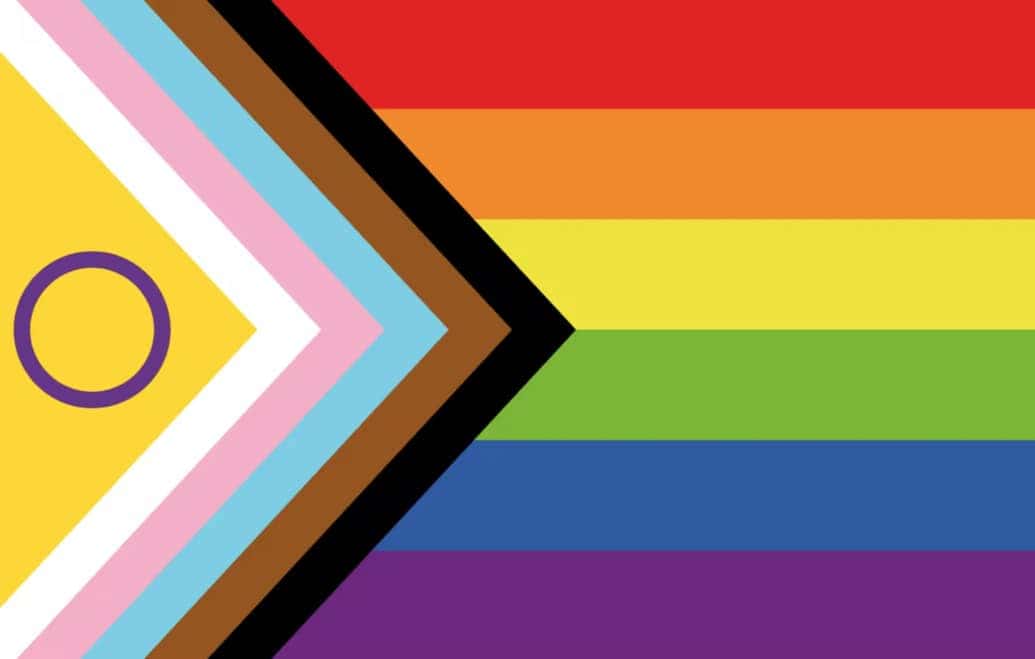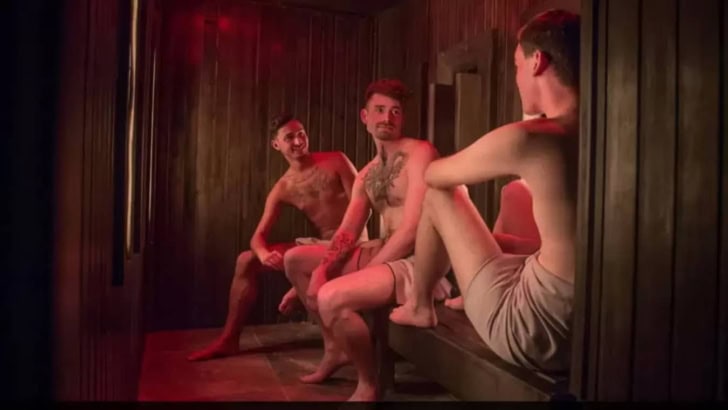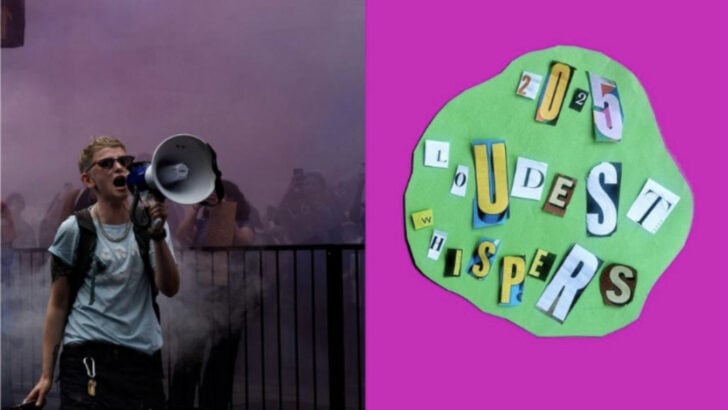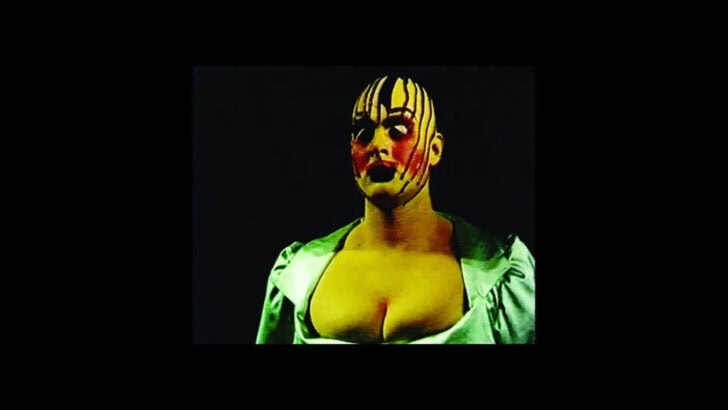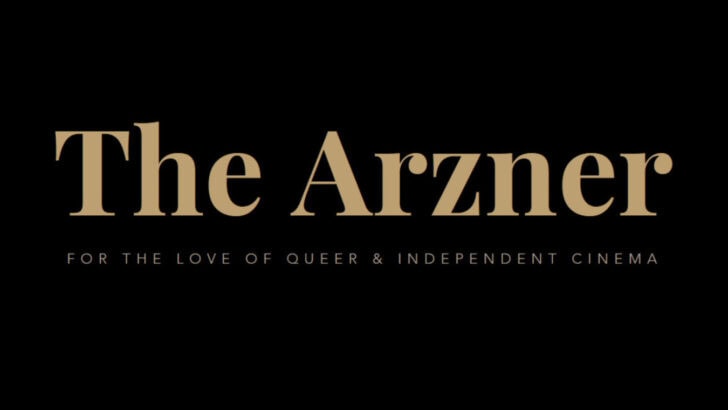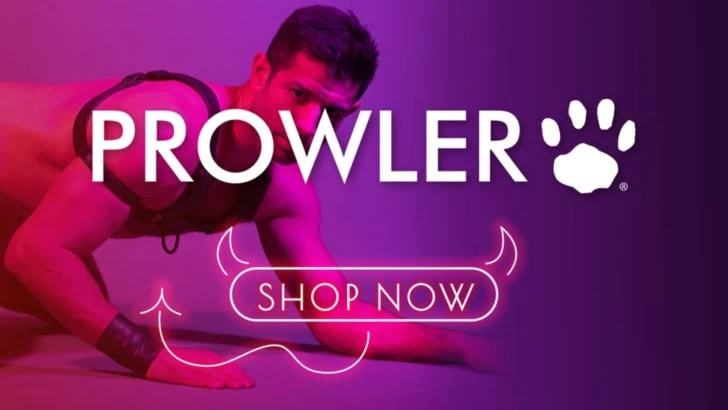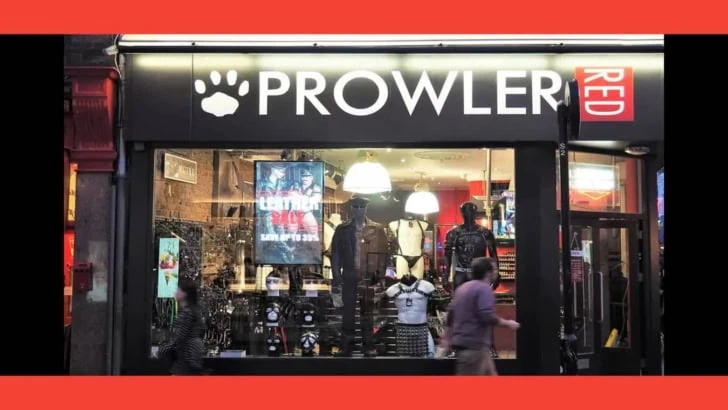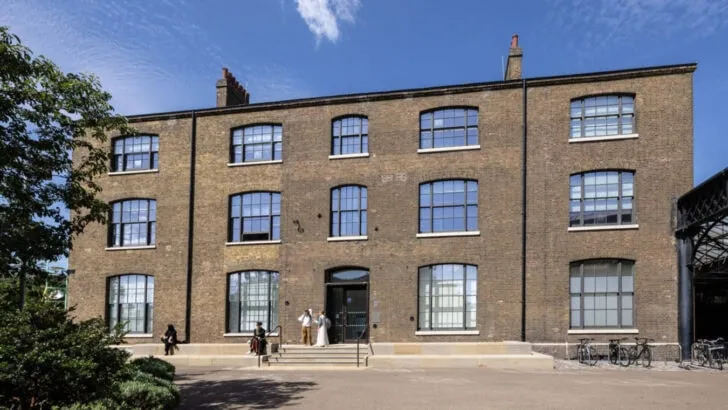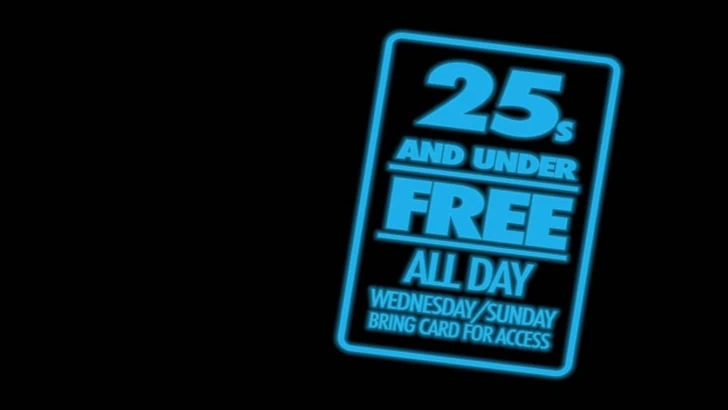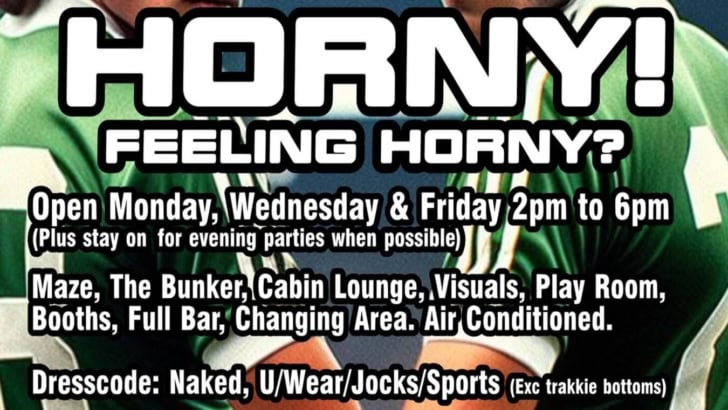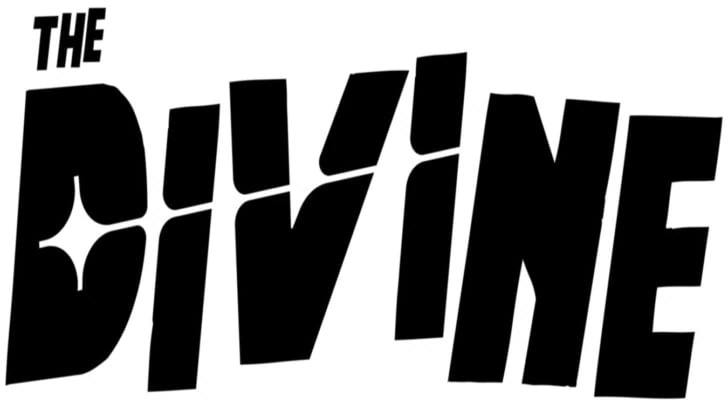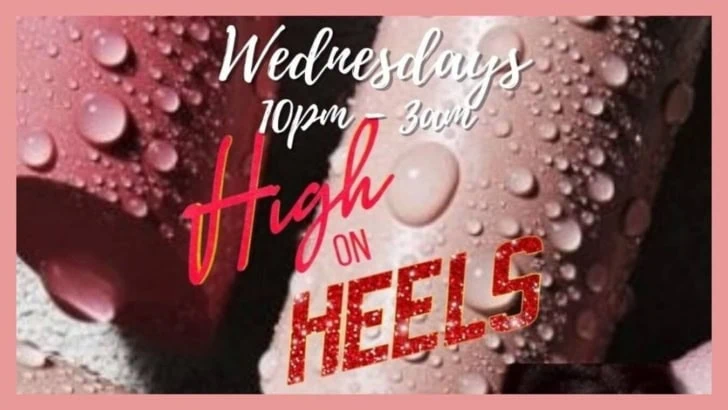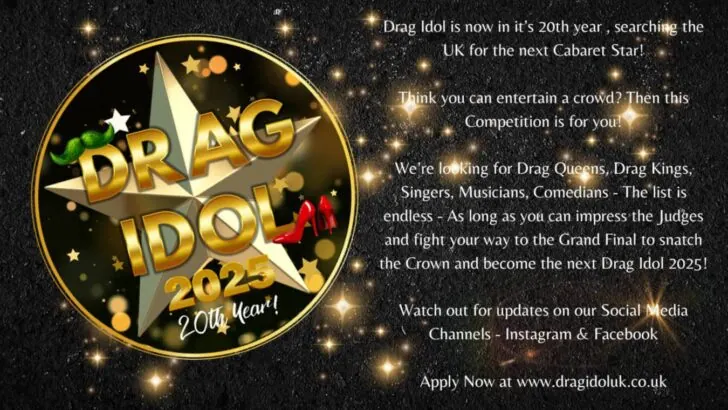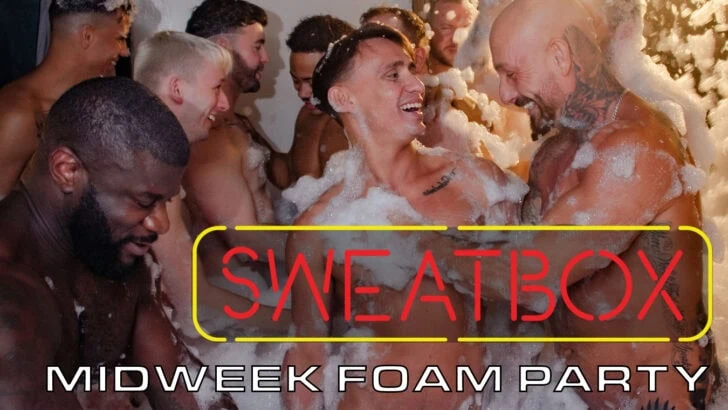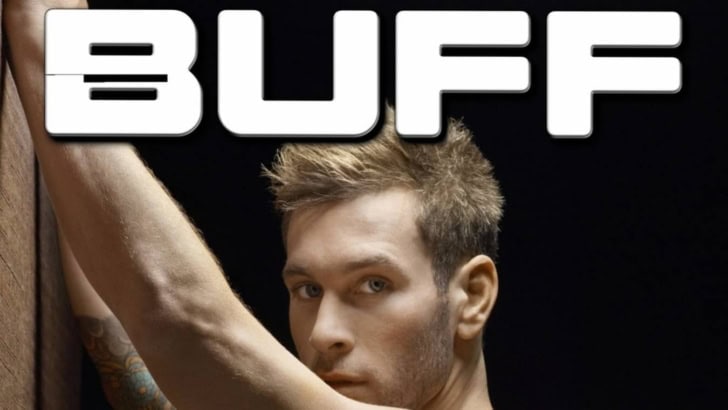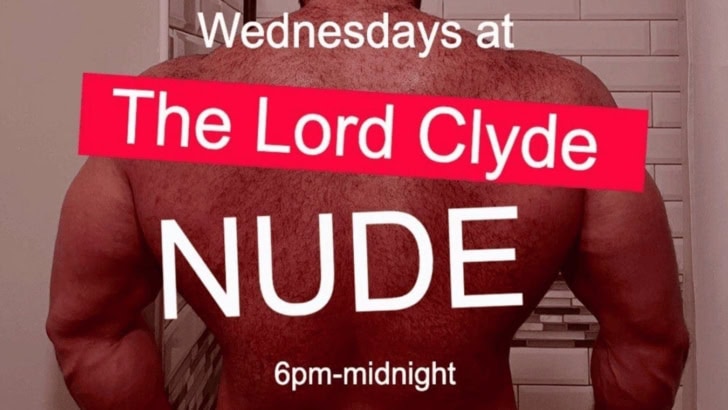Simon Watney is one of the foremost HIV/AIDS activists of his generation. He talks to Patrick Cash about why the fight isn’t over.
By Patrick Cash
Tell us a little about yourself.
Well I was born in 1949 and I come from the south of England, my family was very poor, my Dad had been in the war and he was very damaged, never really recovered psychologically. My mother had married for money and was sorely disappointed! So they were really very badly mismatched… Anyway, cutting a long story short, I had a wonderful sister and I was a bookish sort of kid like so many others, and I discovered archaeology at an early age, and music and all the other things when you’re a kid that are life-affirming. I went to college and I was the only person I knew who went to university, I didn’t come from a family where anyone had ever been to university; I went to Sussex in the late 60s and did History of Art, which was both scary and wonderful as going away always is. Amongst many other things, I met my first important boyfriend who’s still around, a friend of mine called Mark, and we used to go up to London to meetings with the Gay Liberation Front. And the very first meeting in fact, when I was going up to Coleville Mansions before the first public meeting, discussing us all. So it was kind of evolved right from the beginning with all that.
What inspired you to get so involved with gay liberation and the activist front in the first place?
Well, I had a background in – I’d always for the Labour party and I’d been on the ‘Ban the Bomb’ marches since I was thirteen. I was really involved in the counter-culture 60s world. Maybe because I didn’t have much sense of belonging anywhere else on the planet. Homosexuality was illegal, I was probably guilt-stricken and shy, like most other people in that age – you know, the 60s were swinging if you were straight, but they weren’t swinging for anybody else. So one thing lead to another, and gay liberation was divided between on the one hand revolutionaries in frocks with beards which wasn’t quite my style and then a whole load of people who were lifestyle hippies and so on which wasn’t quite my style either. I was a South London mod. But anyway, that was fine, that was great, I went to Amsterdam in the late 60s which I loved – nobody went to America, you never dreamt you’d get to America, only very rich people went to America, and Amsterdam was a real revelation to me – of liberalism. I made friends straight away as a teenager there and also, by chance really, I met a wonderful, much, much older gay man in his 80s who had been a friend of Virginia Woolf and that group of people in the First World War period and a painter named Duncan Grant and my professor kind of took me over there as a cute young thing, thinking that I could kind of help out a bit, which I did indeed, as the lady who looked after him was pretty long in the tooth and she did need a pair of helping hands. So I used to go over every week and spend one evening making dinner and so on, and I ended up writing a book about him, years later, but he was a completely wonderful man, and the first of a string of extraordinary people that I met in my life, who left a huge mark on me. He was like a grandfather – I didn’t have a grandfather, or even a grandmother, by that stage, and he was kind and funny and clever and completely from a different universe of a different period. He had no shame or embarrassment about sexuality, he came from the 1890s, he was born in 1885, he had seen Queen Victoria with his own eyes. So that was kind of terribly important to me, and one thing lead to another, and I eventually got my first job in Brighton and then went up to London and did a Masters at the The Courtauld Institute of Art and started teaching, and I was a teacher right the way through the 70s, and writing – I was very involved in the early days with the gay press and I used to write a lot. I joined Lesbian and Gay Switchboard very near the beginning and I ran their training group, way back in the 70s, so I was kind of quite a well-known figure in the 70s of that generation. And writing in Canada and Australia and America, and France as well, I spoke French and still do. So I was kind of a generation, wherever you came from, who got to know the epidemic very early on. America was always kind to me, I had friends there, girl friends actually more than gay friends, and I suppose it was seeing the very first stories in 1981, Larry Kramer had a story in a newspaper called the New York Native called ‘1012 and Counting’, and some part of me said ‘oh god, it’s America, they’re exaggerating’ but that was defensive. For that very reason I think one has to be aware of the fact that it’s human nature not to take on board bad news easily.
So ‘1012 and Counting’ was that by 1981, 1012 people had been –
Diagnosed with HIV. Although of course this was long before HIV had been identified. Long before. Diagnosed with ‘whatever it was’, the various acronyms given to it, Gay Related Immune Deficiency (GRID) and so on, there were all sorts of different terms used at the time, but at the front line of that, people were dying. People were getting terribly sick, especially there, and in almost all the cases in Europe were people who had been to the States. What had changed since the late 70s was a guy called Freddy Laker over here started doing cheap air-flights so people like me, who had never dreamed of going to America, could do so, and relatively cheaply. The America I went to was an imaginary America, I loved the Lucy show, I was in love with Arethra Franklin, I was a soul boy, always. And still am, I went to see her again just 18 months ago at Radio City Music Hall. But as things carried on through the early 80s, one was reading about what was happening in America, and I was visiting too, I was usually going every year. And then in ’83, Switchboard organised its first conference here in London which brought together a hundred people, and out of that the Terrence Higgins Trust crew, there was a group of people who were already involved – I wasn’t involved in the setting up of the THT at all, although I knew Tony Whitehead very, very well from my Brighton days – and I was scratching my head, I was teaching film and photography at the poly in central London, the University of Westminster, and I was thinking ‘what the hell can I do?’ I’m an art historian, I know about this, that and the other but this is a different story altogether – I couldn’t spell the word epidemiology. But I realised actually that if people like me didn’t look up the word epidemiology and start doing some reading fast it was going to get a lot worse in Europe. I also worked out that we had an advantage over here, that things weren’t as bad, and we could maybe stop some things from happening in its tracks, and stop happening in Europe as badly as it happened in America. I used to go to meetings, involved in drawing up the first leaflets and things and there was no prevention group in those days at all and come 1985 I was still teaching about ‘we’ve got to do something a bit more organised’, so I started going around the health education authority as it was and the family planning association, all sorts of institutions with track records on sex education.
How many people were diagnosed by 1985?
In England? That’s a very good question, I couldn’t begin to answer it. I mean to this day we’ve only – I say ‘only’, but we’ve only had about 23,000 deaths. In America, it’s more than half a million deaths, and we’ve got a quarter of the population of America so the scale of the epidemic was just incalculably huger than it ever was here. And that’s largely of course, because the prevention campaigns worked in the early years, even if they’re not doing so well now. So I chaired the health education group of the Terrence Higgins Trust right the way through from late ’85 or possibly early ’86 when we had our first formal meetings through to the end of the 80s. And I like setting things up but I don’t like to stay around too long really, just let the thing get on with its own management – I’m not a great manager, I can’t do accounts, but I can put people together and encourage them. And we did very successful videos, hugely successful at the time, I wrote a column for Gay Times on the epidemic, for more than six years, every month. I wrote in the gay press, and I gave a bazillion public talks, from the Hebrides to Hawaii practically, it seems looking back – I mean not Hawaii literally, but figuratively. And together with a group of my friends, I guess, Jonathan Grimshaw who set up Body Positive, who’s also still alive, we were involved in getting services for people who were dying, helping with benefits, housing issues and stuff. In my case, because I came from a background working on representation, I inevitably got caught up on the press response and TV response, and also the activism. I did a huge amount of encouraging photographers to take on representation of the epidemic, I facilitated a group called the AIDS and photography group, and that had exhibitions and catalogues and so on, so I was one of a generation of people who played a kind of an instrumental role really in getting things going.
It seems fantastic that all this work is going on, but what was happening at the time with the First Silence? What was the First Silence?
I’m not sure that there was a First Silence, you see. In this country, certainly the government was silent until the Iceberg campaign that was 1986/87, five years into the epidemic, and so the period before the government’s intervention, people like me were running around and shouting trying to persuade politicians to take this seriously. If this were happening to any other population group it would have been taken seriously, which it wasn’t. But you couldn’t say it was a silence on the behalf of the Daily Express or the Sun or the Daily Mail, who were pouring venom and bigotry and hatred. I got to do quite a lot of television and radio work in those years as well, and you just found yourself doing phone-ins or whatever, with mad people screaming hatred around the clock, I mean there’s never a shortage of mad people who want to scream down into their telephones around such things! But more violently than usual. So I’m not sure there was a silence exactly, on the contrary there was a kind of deafening screech. But it wasn’t a screech that made any sense. It was either a voice saying ‘oh everybody’s going to die, give up sex now’, which was stupid, or as I said the kind of response which was underplaying things: ‘this isn’t me, this is just promiscuous people’. So when we talk about The Second Silence I know exactly what’s being referred to. I think the First Silence was rather later, when things went quiet, when treatments came around in the 90s. And maybe we’ve just had one deepening silence since then. I mean it’s a different kind of debate and I don’t want to be fernickety about it, but the main thing I think was to give people confidence that this was something you could do, that this wasn’t the end of the world and that really meant prevention education, which I was terribly involved in. And also information about treatments, in terms of the people who’d understand, I was had been involved in Act Up in New York very early on but I’d been involved in other things before that and I think people can be dazzled by America, it can easily be over-impressive. But they’ve always had as much to learn from us as we have had to learn from them, which they weren’t interested in, partly because they had so many people dying they didn’t have time to do the prevention work properly, alas. And they always believe in America anyway in taking pills rather than anything else and there’s all the kind of Tea Party equivalent people who said ‘you can’t do condom education, it’s encouraging homosexuality or encouraging promiscuity’ and then the main charities exaggerated the risks of heterosexual transmission from the very beginning in order to get funds but that caused a terrible reaction because one minute people are being told ‘everyone’s going to die, we’re all at equal risk’ and then you look at the figures and you can see quite transparently it’s not the case.
There’s the figure of the ‘bisexual vampire’ isn’t there?
Absolutely essential in all of this, absolutely. The idea that there was a ‘bridge’ as it were, a bridge in the population, between the wicked queers over here and the vulnerable straight men and women over here. And that idea of a bridging population delivering some sort of terrible plague across the boundaries of social society was a prevalent fantasy.
Like with chemsex right now, there must have been a lot of people going around thinking ‘this isn’t going to really affect me’, do you think that your involvement already in activism made you think ‘this is something that needs to be spoken about’?
Yes, I think it was a strand that was very central in those days. I mean the whole gay movement inevitably was going to take thirty years to achieve its legal goals – you know, equality, age of consent and so on and so forth – and there was one lobby which was always involved primarily with those goals and not with the epidemic at all, and an other lobby, which I was rather more a part, which was more involved with the epidemic. And they kind of didn’t trespass on one another’s terrains too much which was a shame to some extent. But the question of getting those prevention messages out there, well it wasn’t so difficult I didn’t think. There was a lot of stuff on TV for example, stories, everyday stories of people buddying, there was a lot of volunteering at this period, large numbers of gay men and their friends who weren’t necessarily ill but were taking care of other people. You couldn’t be shy, people were visibly wasting away, there was a lot of physical illness on the gay scene.
And this is when the lesbians got involved?
I think lesbian involvement was complicated, because inevitably lesbians and gay men were together politically: a lot of dykes got involved very honourably in the epidemic as volunteers. There were also some people who had kind of maladie imaginaire, what might be called ‘AIDS envy’ and there were really distasteful cases of people claiming to have AIDS and claiming benefits and so on, out of some sort of strange, displaced, neurotic over-identification. Maybe that’s inevitable, because a lot of women were having so many gay male friends dying at the time, which was obviously terrible. But that was a very rare kind of craziness, I have to say immediately, incredibly rare. The majority of lesbians I knew behaved very well, even if there were divisions in the women’s movement inevitably, different positions. But I was just going to say, backtracking slightly, that there was a central strand of self-help in the gay movement: setting up a gay press, setting up the Lesbian & Gay Switchboard, setting up organisations, lesbian and gay walking groups, you name it, stamp-collecting groups, gay this, lesbian that, which stood us in very good stead. And in a paradoxical way, the kind of prejudice of the Thatcher years, and long preceding, going right back to the 50s, brought people together you know. Everybody was stuck with the same degree of prejudice, violence on the streets, muggings, I mean that’s hardly stopped unfortunately, but it was very bad in those days, awful prejudice in schools for example, it still is, but not as bad as it was. And the media screaming abuse and insults all the time, and that inevitably has an impact of bringing people together –
Creates a solidarity?
Absolutely, absolutely. And a kind of confidence that certain things could be achieved, without you having to be enormously brilliant or clever or whatever, just people who could get together, put their shoulders to the wheel and make things happen. Gay theatre came out of that, film, all sorts of cultural things as well, which were inspiring and, to use that clichéd word, ‘empowering’. It’s a silly word, but it means something. And it was that movement that gave us the Terrence Higgins Trust originally, for all its divisions from the beginning, Body Politic, the various groups of people with AIDS, and so on and so forth. Your small groups of people working together to achieve practical goals, not world-changing goals, but practical goals. And obviously one would like the world to be a better place but when there’s an epidemic raging, you want to turn the fire extinguisher on the fire rather than trying to change the world. So that was my experience and I worked with a lot of people I’d known long before the epidemic, some older friends, some younger friends. And I also tried to bring in people who were energetic. I was born in 1949 so by 1985 I was well into my thirties, it was clear by the end of the 80s we were going to need students and younger people too, so I did a lot of talking at Arts schools and universities.
Did that drum up support?
Usually, absolutely. And we had people like Edward King coming on board, and a whole group of younger activists who came on board in the late 80s who played a fantastically important role, because by the early 90s for my generation, and for many younger people for that matter, an awful lot of people were dying if you were in London or in Manchester or in the higher prevalence areas of the UK as opposed to the low prevalence fringes. The whole of the UK is low prevalence compared to France or to America, but even so. So it did seem self-indulgent to talk about stress, it did seem self-indulgent to talk about oneself when other people were painfully dying all round you, often without the support of family or friends, sometimes without friends anyway. And everyone had to pull together, it was one of the morbid tales of the late 80s/90s that people didn’t have time to go to funerals because there were so many and I think sometimes repeating stories can almost make them less real rather than more real. But that’s a bigger conversation in a way, rather than what we’re talking about now, but if there was a first silence I might suggest that the silence was about the ways in which people got ill, the ways in which people disappeared off the gay scene, the ways in which for example one summer, one way of treating a particular illness associated with HIV meant that people got these little things called ‘Hickman Lines’, little catheters attached to their chests, so you’d go swimming on Fire Island and all the gay guys would have these little white things coming out of their chests just above their left nipple –
What was that for?
It was just to get their treatment drugs into their bodies faster, to keep them alive and stop them going blind. If you went to Washington Square, you’d see just large numbers of young men being wheeled around in August with plaid blankets over their knees, and things that other tourists might not quite pick up what this was, but if you understood you were seeing something absolutely catastrophic. The silence of people going in and out of hospital, in and out of hospital all the time, constant resurrections, before the availability of treatments that worked in late ’95. There were also all the battles about testing which were terribly important. Once HIV was identified in late ’84, testing gradually became more available through the course of ’85, but it wasn’t until you had testing you could really know what the epidemic was going to be doing anyway. Because there you had scientific evidence. Although I’m not a scientist I’d done science at college, and at school, and I had strong respect for scientific method, you had all these other mad voices like Peter Duesberg saying it had nothing to do with HIV –
Who was that?
Peter Duesberg. He was, and is – he’s still alive –, at Berkeley in America. He caused an incredible amount of diversion and annoyance; self-serving fantasist who wanted to blame gay male sexuality for the epidemic or whatever, rather than the retro virus. But there were other sides too, the world of the late 70s, there was a whole lobby of people saying that ‘the more people you fuck, this is revolutionary politics’, intrinsically just by having tonnes and tonnes of sex. It’s a bit childish in lots of way it seems to me, hooray for sex, we’re all going to want to enjoy ourselves and in different ways and in different stages in our lives. When you’re young and your first relationship packs up, you seek solace, but there was something slightly infantile about that culture and also something very mercenary about it, especially in America, and cruel. I think at the time people would say ‘that’s an anti-sexual voice, that’s puritanism’, but I don’t think it’s anti-sex at all. There was before the epidemic, in the heart of gay and lesbian politics in this society, a set of discussions about wellbeing, about our capacity to love ourselves, one another, and coming often from backgrounds with shame and guilt and so on and so forth, which I don’t think for a moment had gone away, on the contrary. And all of that got taken up into the epidemic of course, because it was so necessary there, and nowadays it seems like – it’s not exactly evaporated, but it doesn’t seem to have anything like the audibility that it had and if there’s a silence today, the second silence, part of it is a silence around psychological issues, for all of us, negative and positive.
What is the Second Silence as you perceive it today?
I think the Second Silence is simply about the numbers of people out there with HIV, both those who know they’re infected and those who don’t. There’s every good reason why when you’ve got HIV you don’t want to tell everybody under the sun and become an HIV bore, confidentiality is crucial, absolutely vital, but the question of confidentiality and self-protection paradoxically have an unintended consequence, and that unintended consequence is that nobody seems really aware of the percentage of people with HIV in their midst. One of the sharp points of the epidemic, at any point in history in the last 30 years, there seem to me to be 2 or 3 sharp points: first of all general mortality, who’s dying unnecessarily, nobody should be dying of AIDS today, nobody. In this country the people who are dying of AIDS are a subset of Black Africans, who are getting diagnosed late through a series of complex social and cultural reasons, and dying; the second overwhelming contingent of people dying unnecessarily are gay men. But on the whole, not to over-simplify, they’re not English gay men, they’re gay men who come here, or men having sex with men, who come here from around the world. From Syria with refugees, from Iran, Iraq, from South America, from Sicily, from wherever. With no education whatsoever, God knows Enlgish kids don’t have very much, but you know if you’re growing up in Kurdistan you know Jack-diddly-squat about any of this; those are the people who know nothing about infecting, don’t know, don’t test, come down with PCP and die. Who’s going to understand what PCP is these days, twenty years on? You recognize PCP, twenty years ago everybody knew what PCP was, it was what killed gay men. It was a form of pneumonia, like various other things, that’s one of the sharp points it seems to me. The other is the prevention work and getting prevention work done loud and clear, people talking about prevention, there’s a debate about PrEP now which is really great that the discussion’s going on. I think it’s not the kind of hysterical ‘I’m for PrEP, I’m against PrEP’ madness, but I used to say years ago it doesn’t really matter too much, sometimes you have to chuck petrol into bonfires! As long as people are discussing it.
As long as the conversation is happening.
